Ceramic infrared heaters have become increasingly popular as a modern solution for heating needs due to their efficiency and reliability. Unlike traditional heaters that warm the surrounding air, ceramic infrared heaters emit infrared radiation, which directly heats objects and surfaces. This targeted heating method ensures consistent warmth and minimizes energy waste, making these heaters an environmentally friendly choice.
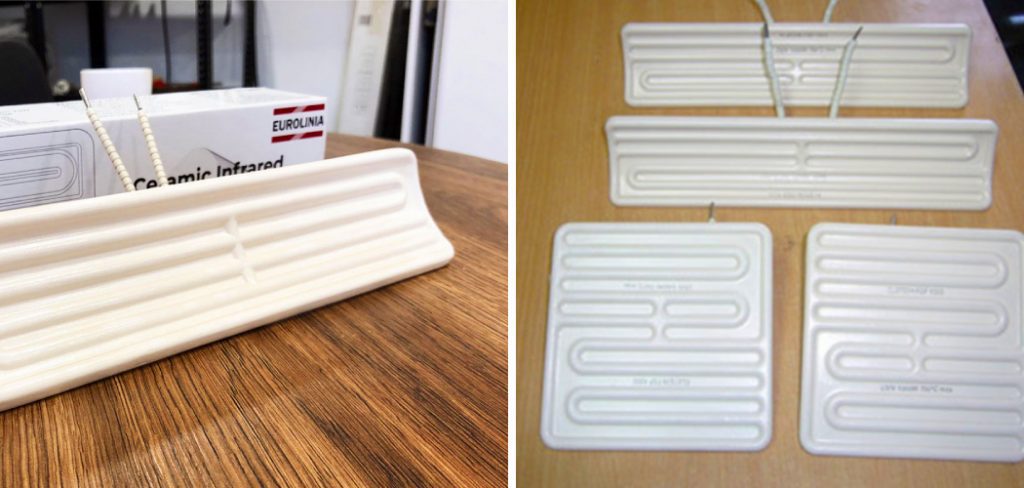
Their design often includes advanced safety features like overheating protection and auto shut-off, making them safer for households. Furthermore, ceramic infrared heaters are versatile and suitable for use in various spaces, such as homes, offices, and even outdoor areas. If you’re wondering “how to use ceramic infrared heaters” effectively, it’s important to understand their functionality and follow usage guidelines to maximize their benefits. With energy efficiency, safety, and consistent warmth at the forefront, ceramic infrared heaters offer a practical and sustainable heating solution.
Understanding Ceramic Infrared Heater Technology
How It Works
Ceramic infrared heaters utilize ceramic plates as their key component for emitting infrared waves. When electricity passes through the heating elements, these plates heat up and release infrared radiation. This radiation directly warms people and objects in its path, bypassing the need to heat the surrounding air. Unlike traditional convection heaters, which rely on air circulation to distribute warmth, ceramic infrared heaters provide more targeted and efficient heating. This method ensures faster and even heat distribution, particularly in localized areas.
Types of Ceramic Infrared Heaters
Ceramic infrared heaters come in various forms, each designed to suit specific needs. Portable models are compact and lightweight, perfect for flexible usage in different rooms. On the other hand, wall-mounted units are fixed installations that save space while delivering consistent warmth. Industrial models are built for larger spaces, such as warehouses or factories, offering high performance. These heaters can also be categorized by their usability—indoor models are tailored for enclosed spaces, while outdoor versions are equipped to withstand weather conditions and provide cozy warmth on patios or terraces.
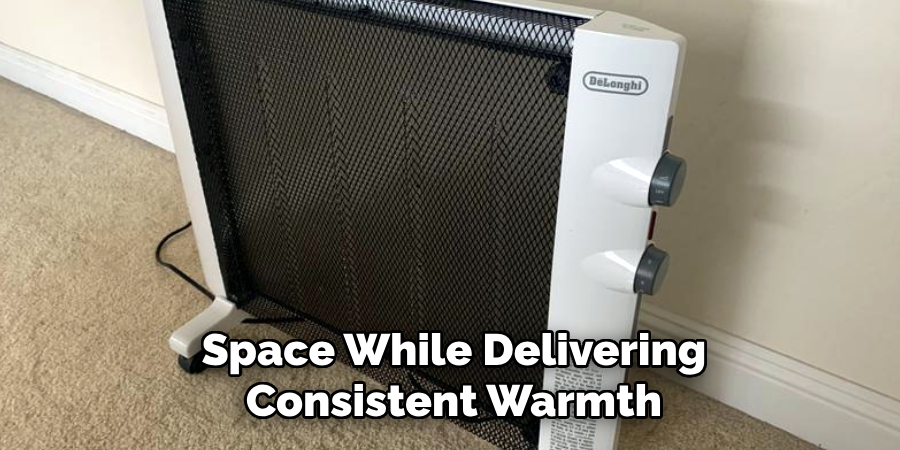
Key Components
The primary components of ceramic infrared heaters include the heating element, ceramic plates, and control systems. The heating element generates the energy required for heating, while the ceramic plates amplify and emit infrared waves. Control systems, such as thermostats and timers, allow users to customize the heating intensity and duration, adding both convenience and energy efficiency.
Choosing the Right Ceramic Infrared Heater
Selecting the ideal ceramic infrared heater involves considering several factors to ensure optimal performance and efficiency.
Room Size and Heating Capacity
Matching the heater’s wattage and BTU (British Thermal Units) to the dimensions of the space is essential. Larger rooms typically require heaters with higher wattage and BTUs to evenly distribute warmth, while smaller spaces can be efficiently heated with compact models. Always check the manufacturer’s recommendations to find a heater suitable for your specific needs.
Design and Features
Modern ceramic infrared heaters come equipped with various features to enhance usability. Adjustable thermostats and timer settings allow precise control over temperature and heating duration, offering customized comfort. Safety features, such as tip-over protection and overheat shut-off, are critical for peace of mind, especially in households with children or pets. Additionally, aesthetic design plays a significant role in indoor use, as heaters should complement the décor while maintaining functionality.
Energy Efficiency Ratings
Energy efficiency is a key consideration for both environmental and economic reasons. Look for heaters with certifications like ENERGY STAR, which indicate reduced energy consumption without compromising performance. Investing in an energy-efficient model lowers utility bills and contributes to sustainability by reducing carbon emissions.
How to Use Ceramic Infrared Heaters: Setting Up a Ceramic Infrared Heater
Placement Tips
Proper positioning of your ceramic infrared heater is essential for achieving maximum heat distribution. Place the heater in an open area where heat can radiate evenly throughout the room, avoiding obstructions that may block the warmth flow. Maintain a safe distance from walls, furniture, and flammable materials, generally at least 3 feet, to ensure safety and optimal operation. For portable units, consider positioning them in central locations or near areas where warmth is most needed, such as seating zones.
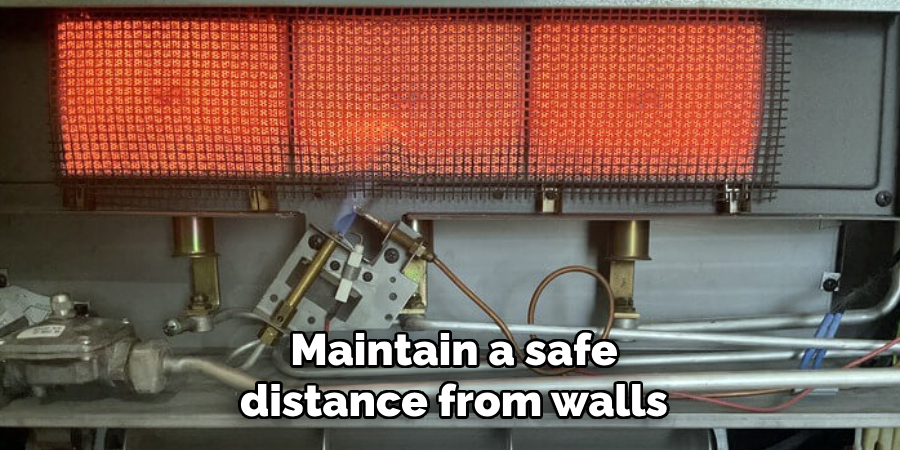
Installation Options
Ceramic infrared heaters come in various designs that cater to different installation preferences. Plug-and-use models are ideal for convenience and mobility; simply connect them to an appropriate outlet, and they will be ready to operate. Hardwired models offer a sleek, integrated look for more permanent solutions but require professional installation to ensure safety and adherence to electrical codes. Wall-mounted units are another popular option, saving floor space while providing targeted heat. When mounting such units, follow manufacturer instructions closely, ensuring secure installation and appropriate height for effective heat delivery.
Electrical Requirements
Before setting up your heater, verify that it aligns with your home’s electrical system. Check the heater’s voltage and wattage requirements to confirm compatibility with your electrical capacity. For plug-and-use models, ensure the outlet is grounded and free from overload. Hardwired units may require dedicated circuits, making it important to consult an electrician. Taking these precautions ensures safe and reliable heating.
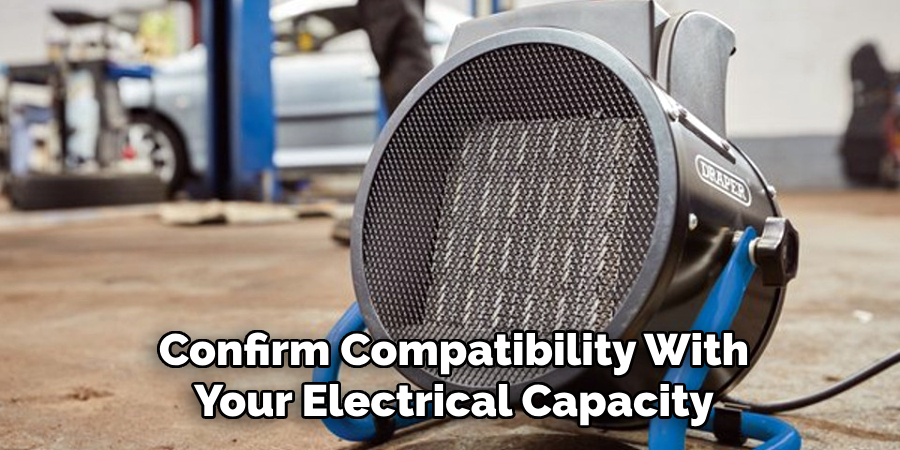
How to Use Ceramic Infrared Heaters: Operating the Ceramic Infrared Heater
Adjusting Temperature Settings
To achieve optimal comfort, the built-in thermostat on your ceramic infrared heater allows you to adjust the temperature to your desired level. Start by setting the thermostat to a lower temperature and gradually increasing it until the room reaches your preferred warmth. This approach not only conserves energy but also ensures efficient operation. Many models feature digital controls or knobs for precise temperature regulation, giving you full control over your heating experience.
Using Timers and Remote Controls
Modern ceramic infrared heaters often come equipped with timers and remote controls, providing an added layer of convenience and efficiency. The timer function allows you to program specific heating intervals, ensuring the heater operates only when needed, thereby saving energy. For example, you can schedule the heater to turn on shortly before you wake up or return home from work. Remote controls enable effortless adjustments to temperature and power settings from across the room, adding flexibility and ease to operating the unit.

Safety Measures
Safety should always remain a priority while using your ceramic infrared heater. Keep the unit safe from flammable objects such as curtains, paper, or furniture. Maintain at least a three-foot clearance around the heater to reduce fire risks. For households with pets or small children, closely supervise usage and consider units with safety features like tip-over protection and cool-to-touch exteriors. Taking these precautions ensures that your heating solution remains both safe and effective.
Maintenance and Care
Regular maintenance and proper care are essential to ensure the optimal performance and longevity of your ceramic infrared heater.
Regular Cleaning
Keep the heater free of dust and debris to maintain its efficiency. Use a soft, dry cloth or a small brush to gently dust the ceramic plates and air vents, as accumulated dust can obstruct airflow and reduce the heater’s effectiveness. For the exterior surfaces, wipe them down with a soft, damp cloth to remove smudges or dirt. Always ensure the unit is unplugged and fully cooled before cleaning.
Inspecting Components
Periodic inspections of your heater’s components help identify potential issues early. Check the heating element for signs of wear or damage, as a compromised element can hinder performance. Similarly, inspect the power cord and plug for fraying, cracks, or other damage. If you notice any defects, refrain from using the heater until the issues have been repaired or the parts replaced.
Seasonal Storage
Proper storage during off-seasons helps protect the heater and prolongs its lifespan. Before storing, clean the unit thoroughly and allow it to completely dry. Store the heater in a cool, dry place, away from extreme temperatures and moisture. Use its original packaging or a protective cover to prevent dust accumulation while not in use.
Replacing Parts
If any components, such as the heating element, power cord, or other parts, are damaged or worn out, consult the manufacturer’s replacement guidelines. Use only compatible parts to maintain the safety and functionality of the heater. Regular care and timely part replacements ensure that your heater stays reliable and effective for years to come.
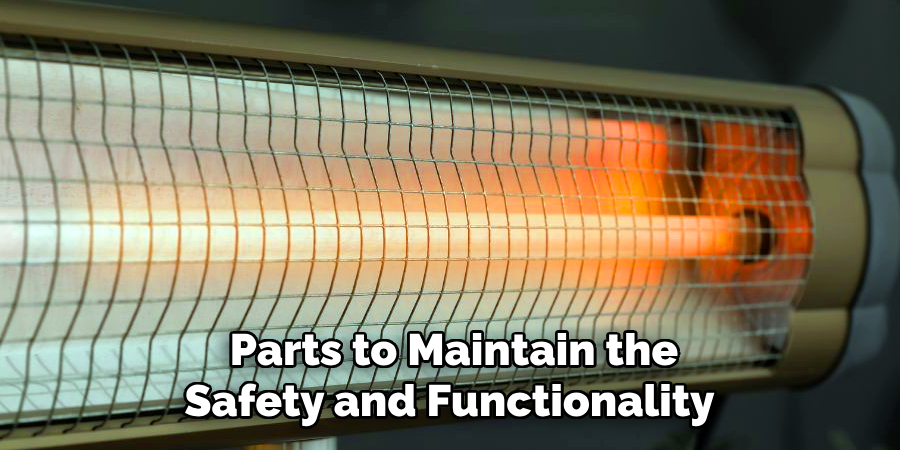
Advantages and Limitations
Benefits:
Infrared heaters offer several advantages, making them popular for specific heating needs. One of their key benefits is their ability to provide fast and targeted heating. Unlike traditional heaters that warm the surrounding air, infrared heaters emit rays that directly warm objects and people, ensuring immediate comfort. Additionally, they consume less energy than conventional heaters, making them a more energy-efficient option while lowering heating costs. This efficiency is particularly appealing to those looking to reduce their environmental footprint.
Drawbacks:
However, infrared heaters also come with some limitations. Their effectiveness is limited when it comes to heating large spaces, as they are designed for focused rather than widespread heating. Furthermore, improper usage can lead to surface overheating, which poses a safety risk if not carefully monitored. These drawbacks highlight the importance of proper application and maintenance.
Ideal Scenarios for Use:
Infrared heaters are best suited for spot heating in specific areas such as offices, living rooms, or outdoor patios. Their targeted warmth makes them ideal for creating a cozy environment in small, defined spaces, providing both comfort and efficiency when used appropriately.
Tips for Efficient and Safe Usage
Proper positioning is key to getting the most out of your infrared heater while ensuring safety. Place the heater in an open area with no obstructions to allow the heat to disperse evenly. Aim the heater towards the area you want to warm, ensuring it is not too close to any furniture or flammable objects. To avoid overheating, opt for lower heat settings used over longer durations rather than higher settings for short periods.
This approach conserves energy and minimizes the risk of overheating surfaces. Regular maintenance and safety checks are equally important. Verify that safety features such as auto shut-off and overheat protection are functioning correctly. Additionally, clean the heater periodically to prevent dust buildup, which can affect its efficiency and safety. By following these tips; you can enjoy the comfort and energy savings of your infrared heater with peace of mind.
Conclusion
Ceramic infrared heaters offer an exceptional combination of energy efficiency, targeted heating, and comfort, making them an ideal choice for various indoor environments. Learning “how to use ceramic infrared heaters” properly is crucial for maximizing their benefits. You can ensure long-term, trouble-free use by implementing safe practices, such as correct placement and regular maintenance. These heaters deliver reliable warmth and reduce energy consumption, contributing to environmental sustainability. Choosing the right model tailored to your needs enhances your overall experience. With careful usage and upkeep, ceramic infrared heaters can serve as a dependable and efficient solution for your heating requirements.
Specialization:
- Master of wheel-throwing, hand-building, and advanced glazing techniques
- Focus on creating both functional pottery and decorative art pieces
Recognition:
- Celebrated by collectors and art enthusiasts for creating one-of-a-kind pieces that blend artistry with functionality
- Participates in local and national exhibitions, earning accolades for his innovative designs and craftsmanship
Passion:
- Deeply committed to exploring and pushing the boundaries of ceramic artistry
- Continuously experiments with new materials, firing techniques, and artistic concepts to evolve his craft
Personal Philosophy:
- Believes in the transformative power of art, aiming to evoke emotions and connections through his ceramic creations
- Advocates for sustainability in ceramics, using eco-friendly materials and practices whenever possible


